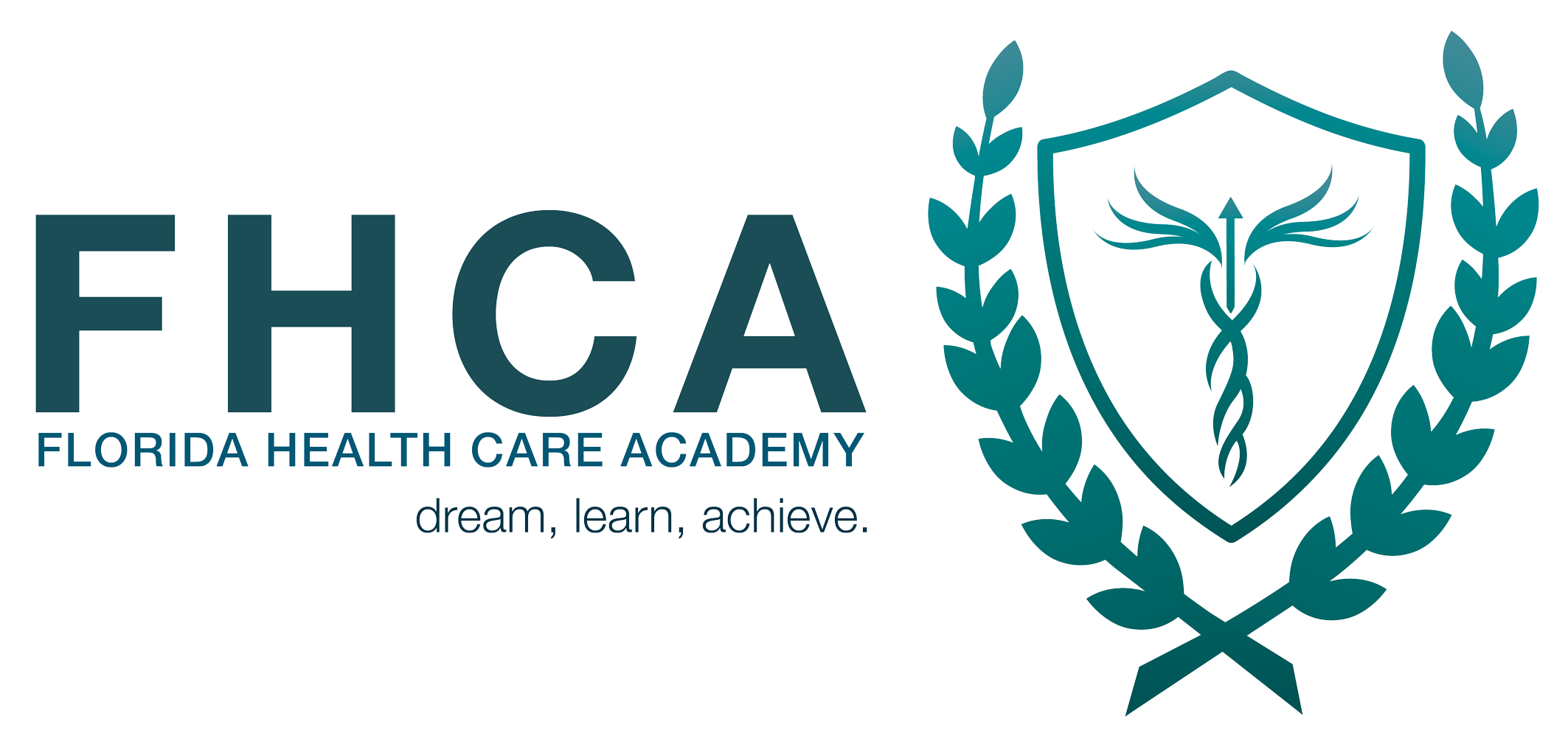
Why is CPR Important? All You Need to Know
November 2, 2023
Telemetry Technicians vs. EKG Technicians: Main Differences
November 3, 2023Patient Care Technician vs Phlebotomist: What’s the Difference?

Patient care technicians and phlebotomists are both important roles in the healthcare industry, but they have distinct differences in their job responsibilities.
A patient care technician primarily focuses on providing direct care to patients, assisting with activities of daily living, monitoring vital signs, and ensuring patient comfort and safety.
On the other hand, a phlebotomist specializes in drawing blood from patients for various medical tests and procedures.
While both roles require a strong understanding of healthcare protocols, patient care tech and excellent communication skills, the specific tasks and areas of expertise differ between patient care technicians and phlebotomists.
What is a patient care technician?
A patient care technician is a healthcare professional who provides direct care and assistance to patients in various medical settings, such as hospitals, nursing homes, and clinics. They are also trained as Phlebotomists and EKG Technicians.
They work under the supervision of registered nurses or other healthcare professionals and are responsible for tasks such as taking vital signs, assisting with activities of daily living, collecting specimens, and providing emotional support to patients and their families.
- Keep patient rooms tidy and sanitized
- Assist patient with everyday needs (personal hygiene, using the restroom, grooming etc.)
- Monitor vital signs (temperature, pulse etc.)
- Take fluid samples or other specimens for testing
- Assist nursing staff in administering basic treatments
Firstly, they must be at least 18 years old. They need to possess a high school diploma or GED. Furthermore, completing a patient care technician training program is necessary, which typically includes a minimum of 75 hours of classroom instruction and 100 hours of clinical experience.
This program is not available at FHCA. However, future professionals must possess 3 requirements as well as the certification exam to work as patient care technicians, for example, a certification such as CNA nursing assistant certification, a Phlebotomist certification and an EKG certification, which we do offer.
The average salary of a patient care technician is $29,800. Patient care technicians play a crucial role in the healthcare industry, providing direct care to patients under the supervision of nurses and other medical professionals.
What is a phlebotomist?
A phlebotomist is a healthcare professional who is trained to do specimen collection (this includes urine samples, stool samples, etc.) and to draw blood from patients for various purposes, such as medical tests, donations, or transfusions. They are responsible for collecting blood samples and ensuring that the process is done safely and efficiently.
Phlebotomists are skilled in using various techniques to locate veins, prepare the patient for the procedure, and properly handle and label the blood samples. They may work in hospitals, clinics, laboratories, or blood donation centers, and play a crucial role in the healthcare system by assisting in the diagnosis and treatment of various medical conditions.
Their job duties include obtaining blood samples from patients, as well as collecting urine, sputum, and throat swabs. They are responsible for performing screening tests and reporting the results accurately.
Additionally, phlebotomists process the collected specimens to ensure they are properly prepared for laboratory testing. They are also responsible strict safety protocols, for packaging and dispatching specimens to reference laboratories for further testing.
The required educational requirements include the phlebotomist program that typically consists of both classroom and clinical hours to provide students with a well-rounded education. In Orlando, the average class size for a phlebotomy training program is relatively small, with around 10-30 students.
The clinical hours, which take place outside of the classroom, are crucial for students to gain hands-on experience and practice their skills in a real medical setting, such as a laboratory or medical institute affiliated with the program.
FHCA offers a Phlebotomy program to prepare students to obtain the certification.
The average salary for a phlebotomist is $43,903. Phlebotomists are healthcare professionals who specialize in drawing blood from patients for various medical tests, transfusions, or donations. They play a crucial role in the healthcare system, ensuring that blood samples are collected accurately and safely.
Patient care vs. phlebotomist: key differences

Salary comparison between patient care vs. phlebotomist
When comparing salaries between patient care and phlebotomy, it is clear that there is a significant difference in earnings. On average, a phlebotomist earns $43,903, while a patient care technician earns $29,800.
Factors influencing pay
This discrepancy could be attributed to several factors, including the level of education and training required for each profession, as well as the demand for these roles in the healthcare industry.
Job growth between patient care vs. phlebotomist
According to projections, employment of phlebotomists and patient care technicians is expected to grow at a rate of 8% from 2022 to 2032, which is faster than the average for all occupations. This means that there will be an increasing demand for phlebotomists in the coming years.

